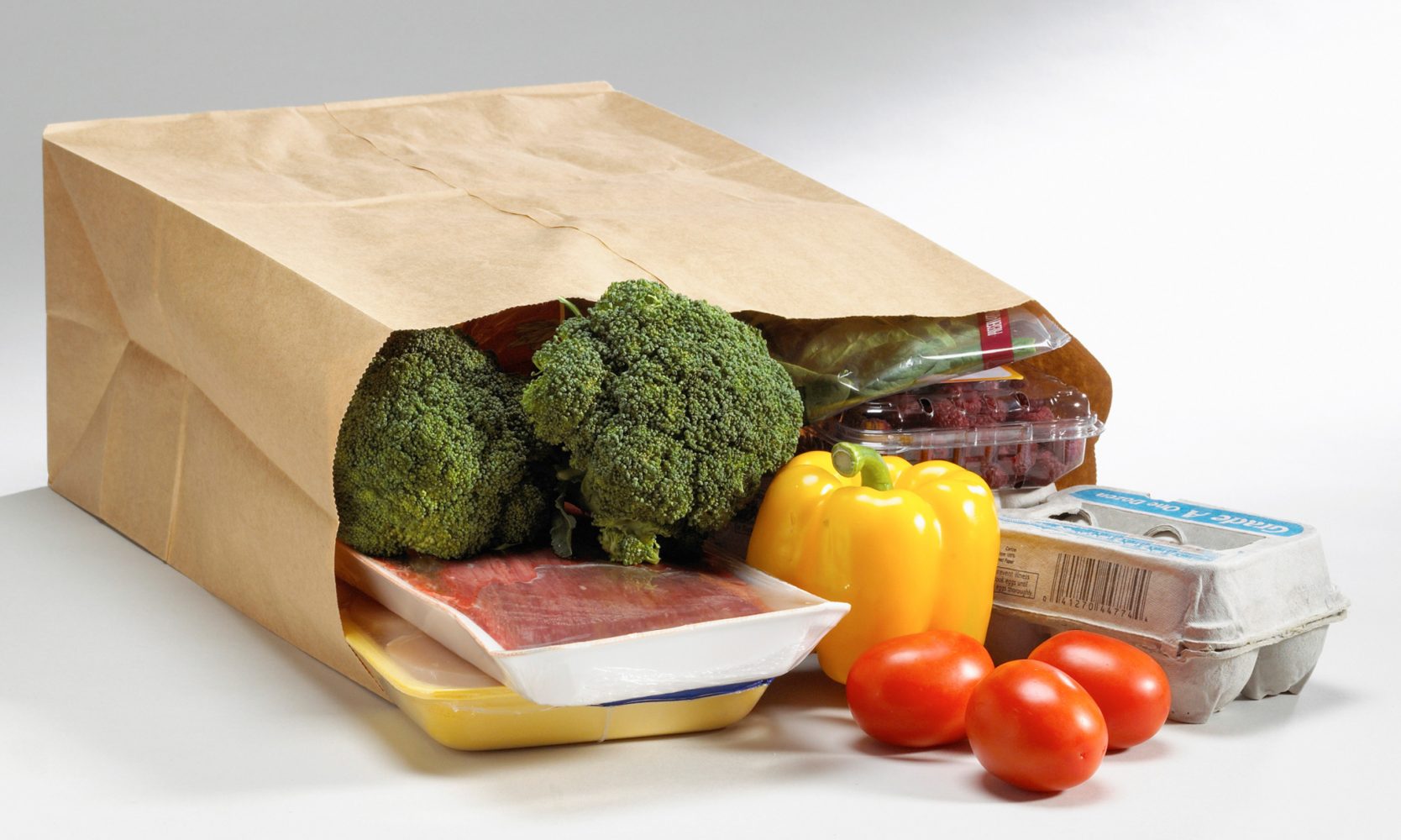
Radiation Technologies in Agriculture and Food Industry
back to contentsApproximately 1.3 billion tonnes of the food produced for human consumption worldwide gets lost or wasted annually, making roughly up to one third of the total food production.
In industrialized countries more than 40% of losses happen at retail and consumer levels. In developing countries 40% of losses occur at post-harvest and processing levels and can be traced back to financial, managerial and technical constraints in harvesting techniques as well as storage and cooling facilities. Strengthening the supply chain through the direct support of farmers and investments in infrastructure, transportation, as well as in an expansion of the food and packaging industry could help to reduce the amount of food loss and waste.
One of the most effective food preservation technologies is irradiation. Rusatom Healthcare (RHC) – Rosatom’s integrator of nuclear medical and irradiation products and services -has revised available irradiation solutions offered by Russian nuclear companies to come up with a business development strategy for various industry segments. RHC has also analyzed global markets and conditions in Russia and interviewed food manufacturers, medical suppliers and agricultural producers to further its goal.
The analysis showed a resurgent interest in irradiation technology. First and foremost, it is driven by a growing number of negative effects caused by the existing chemical-based treatments in agriculture.
Medical equipment manufacturers also take particular interest in irradiation methods as they make it possible to sterilize packaged medical products in full compliance with applicable sanitary and microbiological requirements, with no need for heat treatment or contamination control.
Agricultural producers believe that the current processing methods involving chemical agents and heat treatment (used either together or separately) affect the quality of the final products, specifically their sensory properties, vitamin content and microbiological composition.
Food irradiation is considered to be a more reliable practice than those currently used as it poses no risk of chemical contamination or consumption of contaminated products. Such incidents, if they occur, may adversely impact financial standing and reputation of a food producer.
Manufacturers also stress the need for a one-size-fits-all solution. Without it, they often have to use a combination of different processing methods (such as inhibition and disinfection) in a production cycle, with production costs increasing significantly.
The industries mentioned above also recognize the necessity of making processing technologies more eco-friendly.
Having considered the outlook for this line of business and competences offered by Rosatom companies in related industries, Rusatom Healthcare made a decision to bring to the market its new product, a multipurpose irradiation center.
The center will be a template solution (or a set of engineering solutions) that is customizable to the needs of a specific customer. It will ultimately become a basis for a commercially attractive irradiation business.
This template solution is based on the marketing research aimed at estimating types and volumes of goods that would be processed by prospective customers. The most in-demand facilities are gamma ray units capable of emitting 2,000 kCi of radiation on the average (with the total radiation range of 400 to 5,000 kCi), and 10 MeV electron accelerators with a capacity of up to 20 kW (the total range is 5 to 10 MeV and 10 to 300 kW).
The solution is unique in its flexibility both in terms of performance (variable capacity of irradiation units) and design (irradiation center systems and facilities are engineered so as to comply with specific product handling requirements).
At present, RHC has contracts with a number of international companies interested in establishing private irradiation centers to process both medical and agricultural products.
Electron accelerators are of particular interest since these machines generate radiation on demand and therefore are viewed by prospective customers as more reliable irradiation facilities in terms of operational safety. Radiation-generating devices make it unnecessary to import or export sealed radioactive sources that are required to comply with strict radiation safety regulations and meet many other standards. Besides, sealed radioactive sources (or natural ionizing radiation sources) used in gamma ray units need to be operated 24/7 in a continuous mode to ensure their efficient utilization. At the same time, the use of electron accelerators is subject to restrictions in certain countries importing irradiated products. For example, the processing of produce with bremsstrahlung (i.e. braking radiation) in the USA and EU is only permitted for electron accelerators with a maximum energy of 5 MeV. The USA also allows the import of products irradiated in electron accelerators with energy of up to 7.5 MeV provided that specific materials are used when switching from electron radiation to bremsstrahlung.
Efficient irradiation of different product groups requires information on optimal absorbed doses and process parameters (irradiation time, dose uniformity ratio, etc.). This is why a key task at the moment is to carry out extensive research on the impact of irradiation on various products and adjust irradiation parameters accordingly. For instance, a Rusatom Healthcare partner in the Philippines has initiated research on the impact of gamma rays on bananas in 2018. In 2016–2017, the Russian Radiology and Agroecology Research Institute and the Budker Institute of Nuclear Physics worked out a detailed plan to study the use of radiation technologies in agriculture and food industry.
Rusatom Healthcare is also studying the possibility of using ionizing radiation sources for other purposes, such as sewage and drain water disinfection, exhaust gas purification, etc. These research projects will require creating specific engineering designs and solutions to integrate irradiation units into manufacturing processes and delivery vehicles.
At present, the success of local and international projects depends heavily on joint efforts of Russia’s leading irradiation equipment suppliers, R&D centers studying ionizing radiation and its impact on different materials, and legislative bodies.




